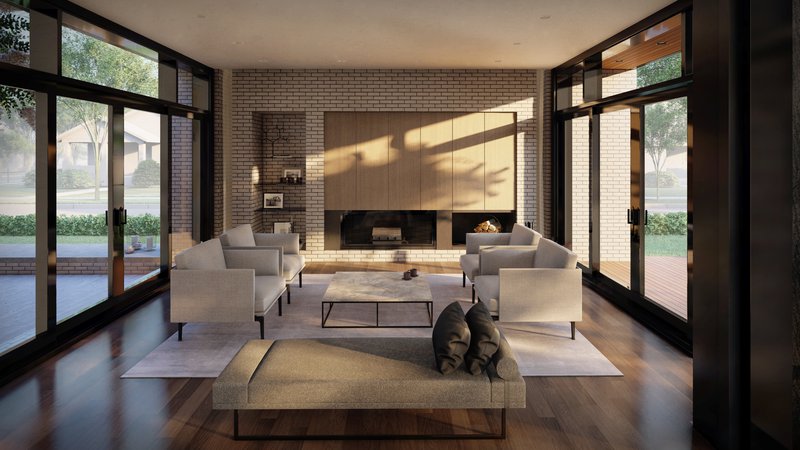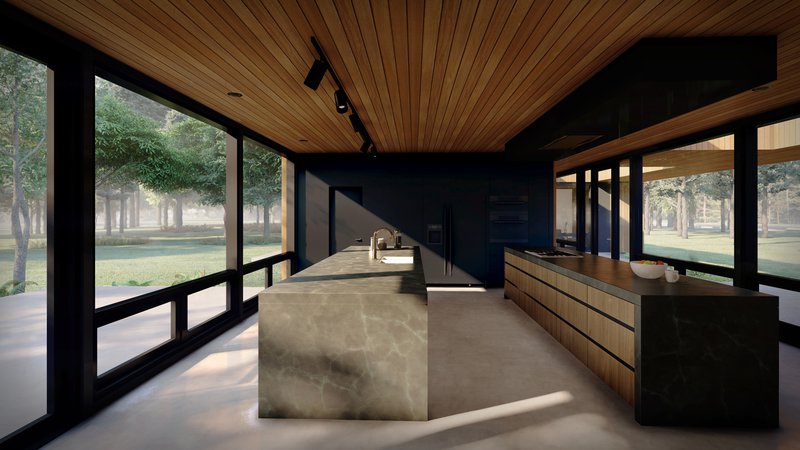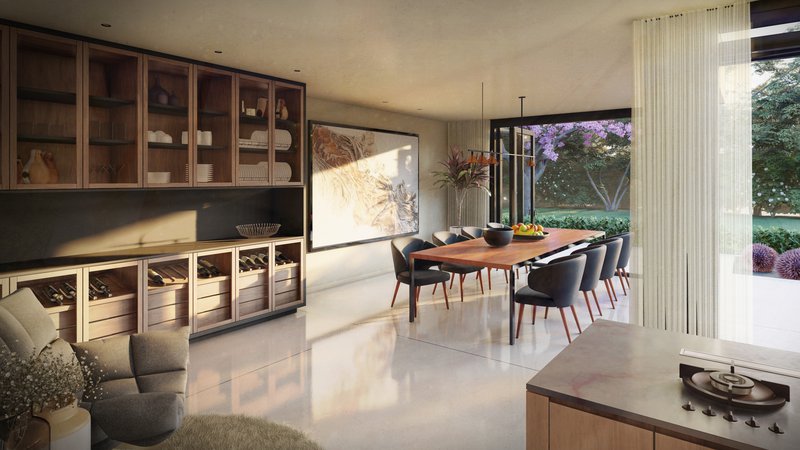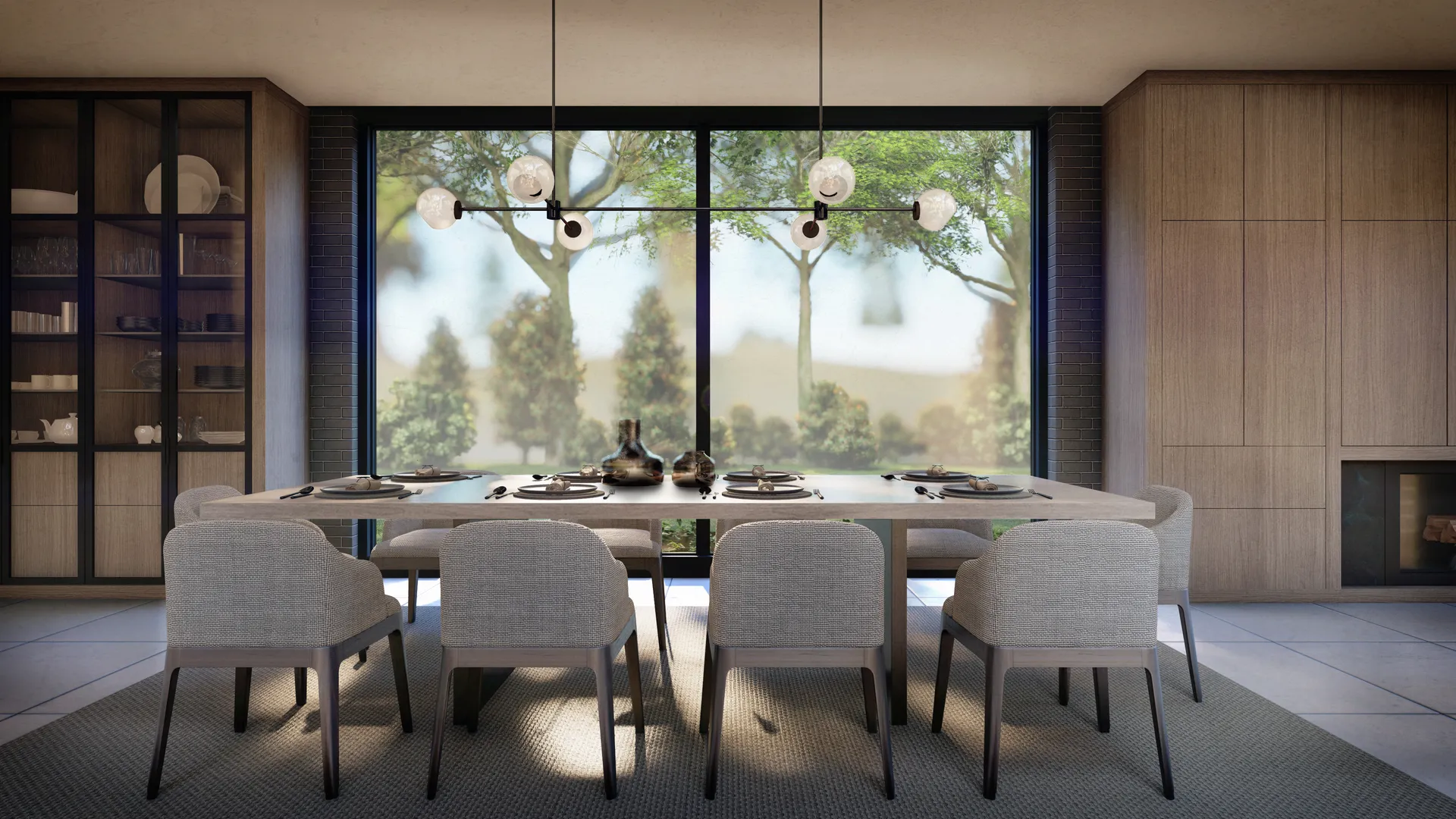For individuals with a penchant for modernist architecture and contemporary design, the collaboration between architecture and interior design plays a pivotal role in creating stunning and functional living spaces. The seamless integration of these two disciplines ensures that every aspect of a building, from its structure to its smallest details, is carefully crafted to reflect a coherent and refined aesthetic.
In this article, we will explore the differences between interior architecture and interior design, delve into the collaborative process between architect and interior designer, and highlight the unique contributions each professional brings to the table.
Interior Architecture and Interior Design – What’s the Difference?
Interior architecture focuses on the design and construction of structural elements within a building, ensuring that the spatial configuration, flow, and overall layout meet the functional requirements of its occupants. This discipline considers elements such as load-bearing walls, columns, staircases, and other structural components, integrating them seamlessly with the overall architectural design. The goal of interior architecture is to create spaces that optimize both form and function, combining aesthetics with practicality.
On the other hand, interior design is primarily concerned with the aesthetic and sensory aspects of a space. It encompasses the selection of color palettes, materials, furnishings, lighting, and decorative elements that transform an interior environment into a visually appealing and cohesive whole. Interior designers bring their expertise in creating harmonious compositions, balancing proportions, and employing innovative design strategies to enhance the atmosphere and functionality of a space.

Collaboration between Architects and Interior Designers:
The most stunning modern interiors often involve a collaborative approach between interior architecture and interior design.
While both architects and interior designers share a common goal of creating exceptional living spaces, their collaboration brings together complementary skill sets to achieve a holistic and unified result.
Architects establish the fundamental structure, layout, and spatial flow of a building, addressing considerations such as structural integrity, building codes, and regulations. They conceptualize the overall design vision, including the external envelope and internal framework.
Once the architectural design is established, interior designers step in to shape the interior spaces. They work closely with architects to integrate their designs within the existing structure, ensuring that the overall aesthetic and functionality are consistent. Interior designers consider factors like lighting, acoustics, ergonomics, and human-centered design principles, harmonizing the visual appeal with the practical needs of the occupants.
While architecture and interior design does each have its “lanes”, these two professionals will often work collaboratively through much of the design process (from start to finish!) to create a truly cohesive, well-considered modern home design. This collaboration will often include material selection, kitchen layout and design, fireplace design, and other design and structural elements. The amount of collaboration between architect and interior designer will depend on many factors, including the preferences of the client, as well as the degree to which a client may want custom elements incorporated into the architectural design.

Differences between Architects and Interior Designers:
Architects possess a comprehensive understanding of structural engineering, construction methods, and building systems. They are trained “in design” and are trained to design buildings from the ground up, working on the exterior as well as the interior. Architects are responsible for creating the overall architectural concept. They are also trained to consider more “technical” factors such as site orientation, climate responsiveness, structural elements, and the integration of sustainable design principles. The architect is also often responsible for retaining other consultants required for the construction of a new home design, such as structural and civil engineers.
On the other hand, interior designers specialize in enhancing the aesthetics, functionality, and atmosphere of interior spaces. They have an eye for detail, selecting and curating furniture, finishes, and decorative elements that align with the client's preferences and the architectural vision. Interior designers excel in creating unique, personalized environments that evoke specific moods or cater to particular functions.

The collaboration between interior architecture and interior design is vital in achieving a harmonious blend of modernist architecture and modern design. Through a synergistic approach, architects and interior designers combine their expertise to create exceptional spaces that seamlessly merge form and function.
The marriage of structural elements and aesthetic considerations in your modern home design can allow you to immerse yourself in a living environment that reflects your unique taste and aspirations. Whether it's a sleek urban penthouse or a serene minimalist retreat, the interplay between interior architecture and interior design ensures a sophisticated and visually captivating experience for the discerning modernist enthusiast.
LET US KNOW WHAT YOU THINK
Love great design?
Want to offer some feedback?
Have an idea for a blog?
Interested in one of our plans, but need more information?
We’d love to hear from you!
DROP US A NOTE
We’re always happy to chat.


